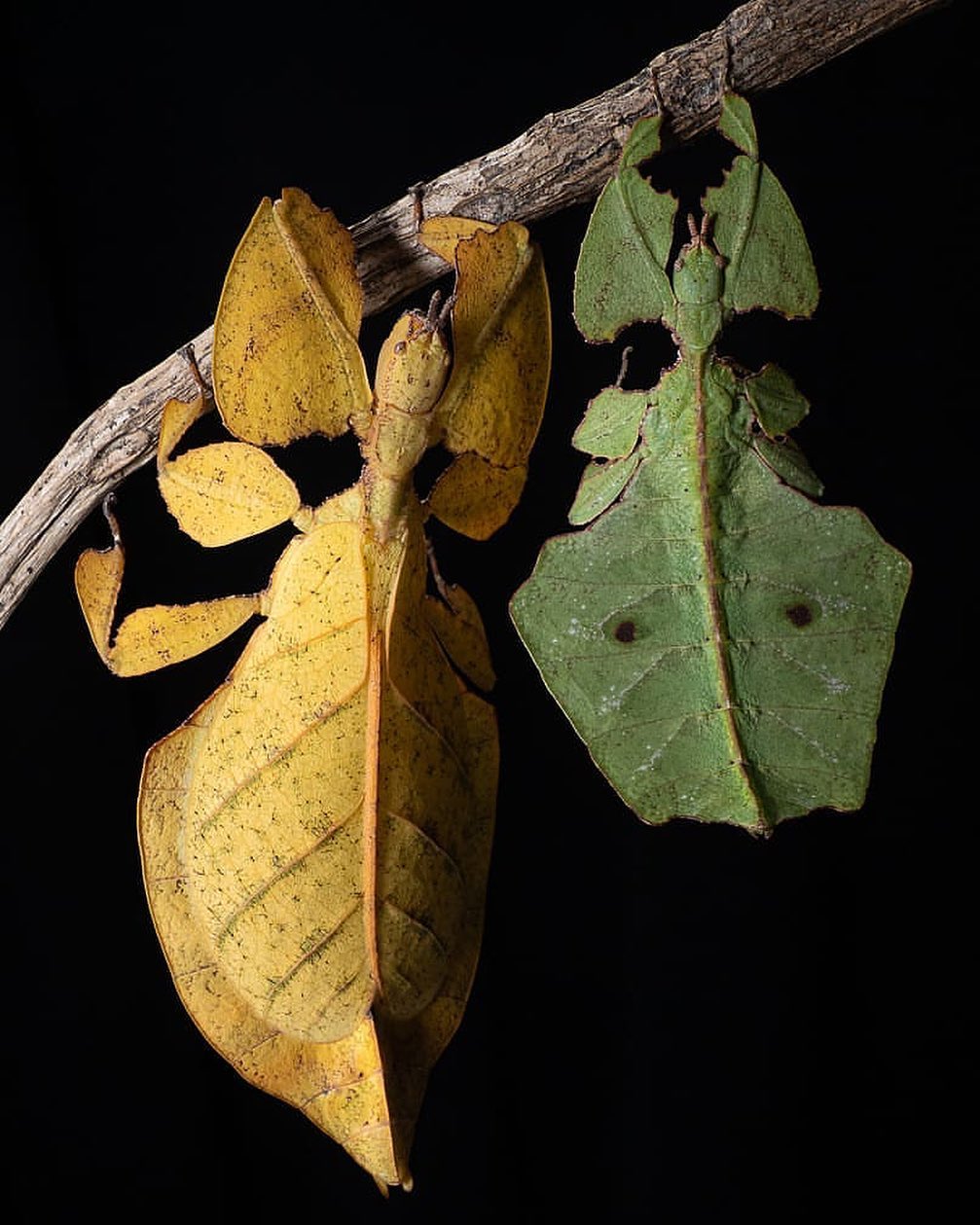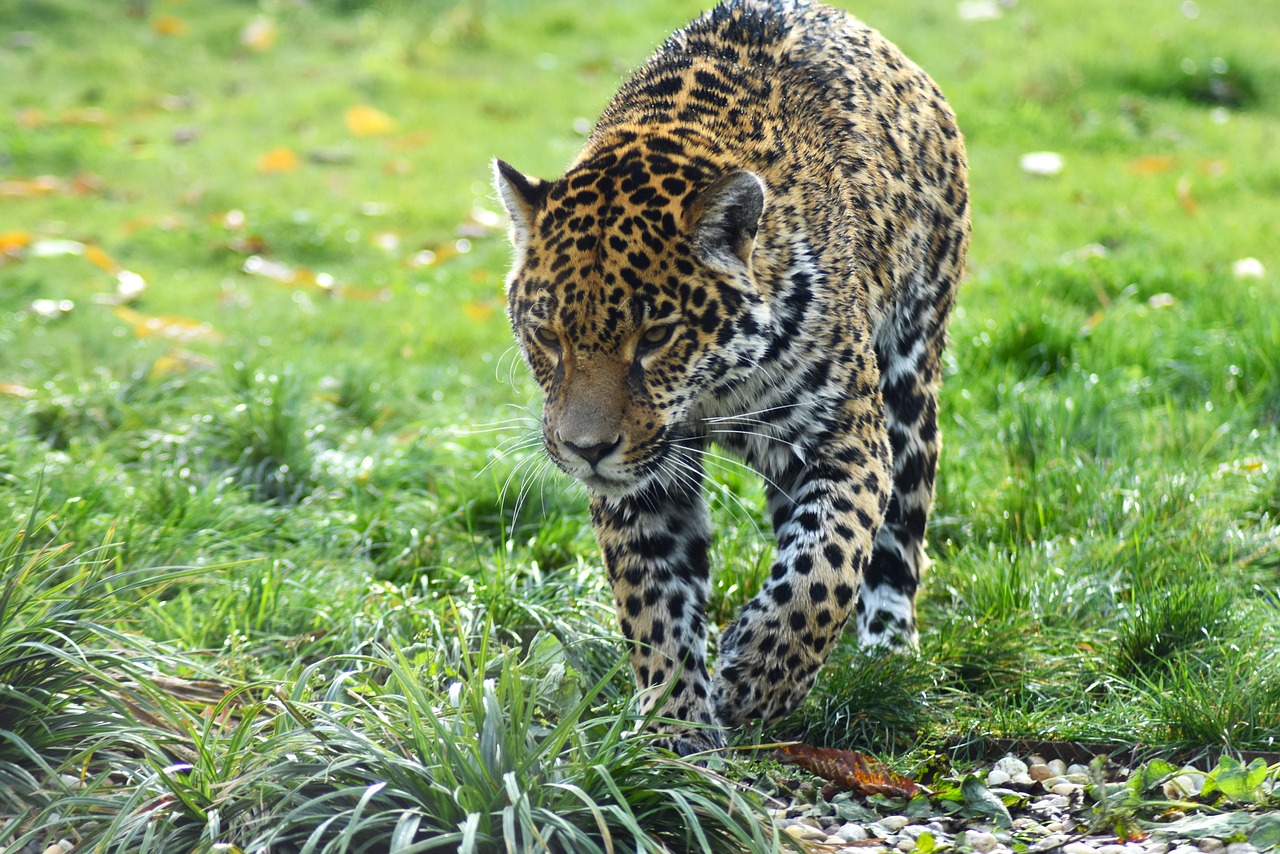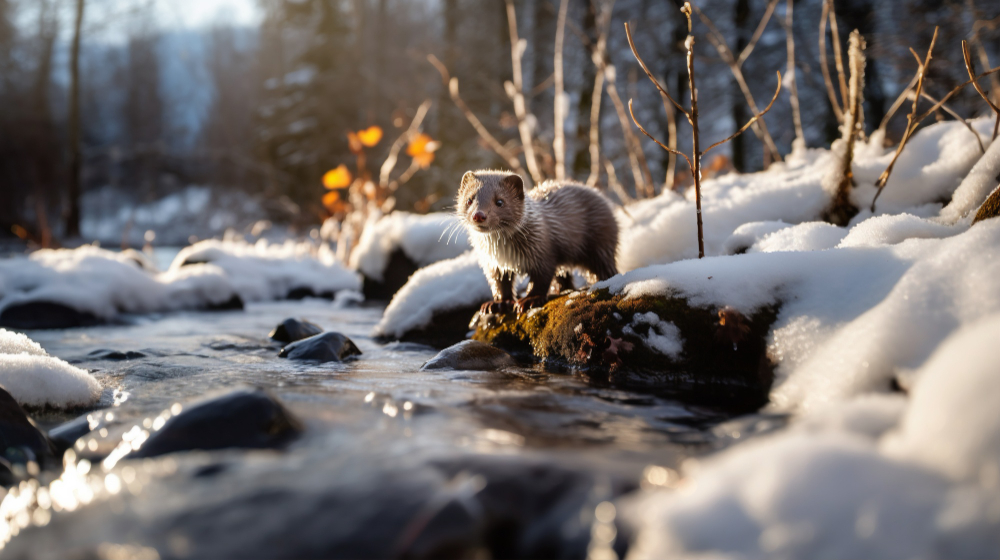Most people think extinction means gone forever. But nature has a way of surprising us. Some animals have disappeared for decades, even centuries, only to make a dramatic comeback. Scientists call them “Lazarus species”—like they’ve risen from the dead.
 Pin
Pin Photo by Pixabay
Table of Contents
1. Coelacanth and New Guinea Singing Dog
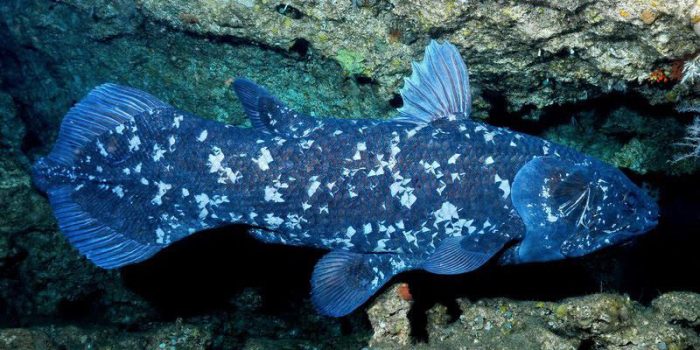 Pin
Pin Photo by r/TheDepthsBelow from Reddit
Coelacanth
One famous example is the coelacanth, a prehistoric fish thought to have gone extinct 66 million years ago. Then, in 1938, a fisherman in South Africa pulled one up from the deep sea. The world went crazy. This wasn’t just some small lizard or insect; this was a living fossil, a creature that had seen dinosaurs roam the Earth.
 Pin
Pin Photo from Wikimedia Commons
New Guinea singing dog
Then there’s the New Guinea singing dog, believed extinct in the wild since the 1970s. In 2016, scientists found a pack living in isolation, still howling their unique, eerie song.
Some species manage to hang on, hiding in unexplored corners of the planet, waiting to be rediscovered.
2. The Takahē
 Pin
Pin Photo from Wikimedia Commons
For 50 years, everyone thought the takahē was gone. This large, flightless bird from New Zealand had last been seen in 1898. Hunters, habitat destruction, and invasive predators wiped it out—at least, that’s what scientists believed.
Then, in 1948, a doctor named Geoffrey Orbell refused to accept the takahē was extinct. He spent years searching the rugged mountains of Fiordland, convinced it was still out there. One day, his persistence paid off. He and his team stumbled upon a small population, alive and well, deep in the wilderness.
The takahē’s comeback is nothing short of a miracle. Today, thanks to conservation efforts, there are over 500 of them. That might not seem like much, but it’s a huge improvement from zero. These birds are still vulnerable, but their story proves that some species are tougher than we think.
New Zealand has a habit of “losing” birds, only to find them again years later. And the takahē isn’t the only one…
3. The Night Parrot
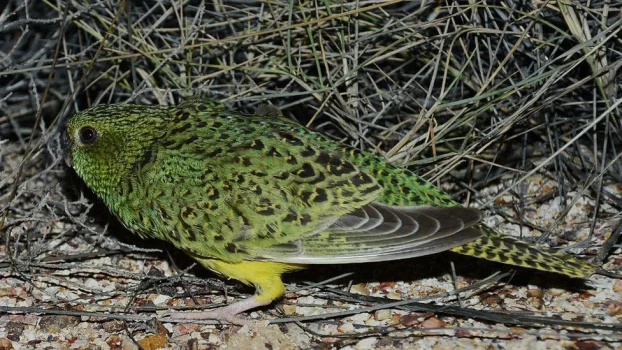 Pin
Pin Photo by r/PicsOfUnusualBirds from Reddit
For over a century, the night parrot was a mystery. This small, green bird from Australia was last spotted in 1912. After that, nothing. No confirmed sightings, no bodies, no clues. It became the Holy Grail of birdwatching—so rare that many thought it was just gone.
Then, in 2013, everything changed. A wildlife researcher named John Young claimed he had not only seen a night parrot but also photographed one and recorded its call. It was the first confirmed sighting in 101 years. Scientists were skeptical at first, but soon, others started finding evidence too. Remote cameras captured their movements, and small populations were found in protected areas.
But just because it’s been rediscovered doesn’t mean it’s safe. The night parrot is still one of the rarest birds in the world. Predators like feral cats and habitat destruction remain serious threats. Conservationists are working hard to protect them, but in a place as wild as Australia, survival is never guaranteed.
4. The Fernandina Giant Tortoise
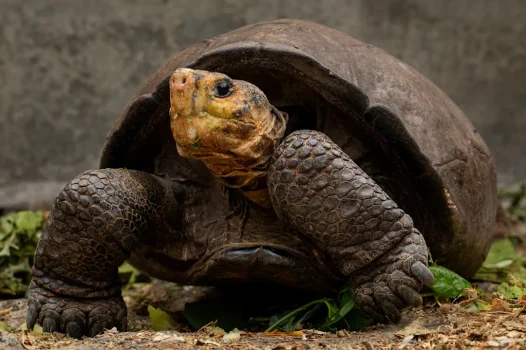 Pin
Pin Photo from rewild.org
The Fernandina giant tortoise was declared extinct. No one had seen one in 113 years. This species, native to the Galápagos Islands, had vanished, likely due to volcanic activity wiping out its population.
But in 2019, researchers on an expedition found something unbelievable—a single female tortoise, alive and well, wandering the island. They named her Fernanda. DNA testing later confirmed she was, in fact, a Fernandina giant tortoise, the first seen since 1906.
The discovery sparked hope. If one had survived for over a century, could there be more? Scientists are now scouring the island, searching for other tortoises. They hope to find a male so they can start a breeding program.
Fernanda’s story is proof that nature sometimes keeps secrets. A species thought to be long gone was actually just hiding, waiting for someone to find it. Now, conservationists are racing against time to ensure these tortoises don’t go extinct for real this time.
5. The Lord Howe Island Stick Insect
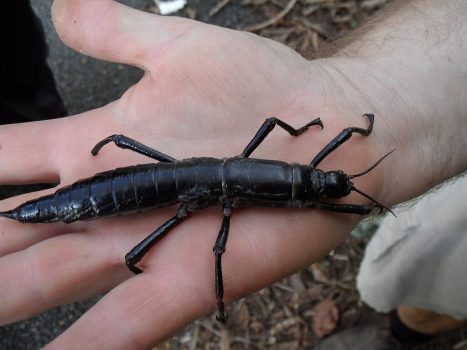 Pin
Pin Photo from Wikimedia Commons
In the early 1900s, the Lord Howe Island stick insect vanished. This large, jet-black insect, also called the “tree lobster,” lived on Lord Howe Island off Australia. But when rats were introduced in 1918, they wiped out the entire population. By 1920, the species was declared extinct.
For 80 years, no one saw a single one. Then, in 2001, two Australian scientists made an insane discovery. On a tiny volcanic rock called Ball’s Pyramid, 12 miles from Lord Howe Island, they found a small group of these insects clinging to a single bush. Somehow, they had survived.
Conservationists took some of them to a breeding program, and against all odds, their population has started to recover. Today, there are thousands of them in captivity, with plans to reintroduce them to their original home once the rat problem is solved.
It’s crazy to think that one of the rarest insects on Earth was hiding in plain sight for decades—on a rock in the middle of the ocean.
6. The Somali Elephant Shrew
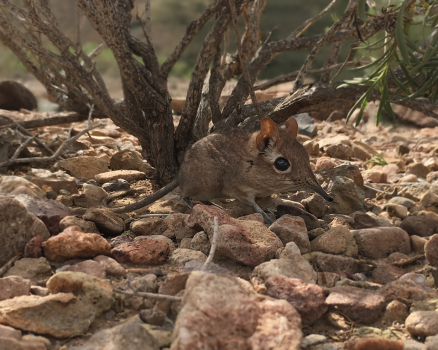 Pin
Pin Photo from Wikimedia Commons
The Somali elephant shrew is a tiny, long-nosed mammal that looks like a mix between a mouse and an anteater. Despite its name, it’s not actually a shrew—and yes, it’s related to elephants (distantly).
For 50 years, no one saw one. The last confirmed sighting was in the 1970s, and scientists assumed it had gone extinct due to habitat loss and predators. Then, in 2020, a research team set up traps in Djibouti, hoping for a miracle. And they got one.
The team captured not one, but several Somali elephant shrews. It turns out, locals had seen them all along. They just didn’t know the creatures were “missing” in the eyes of the world.
Since then, more populations have been found. Now, conservationists are studying them to learn how they survived unnoticed for so long. Their comeback is proof that even in the modern world, there are still secrets hiding in the wild—sometimes, they’re right under our noses.
7. The Bavarian Pine Vole
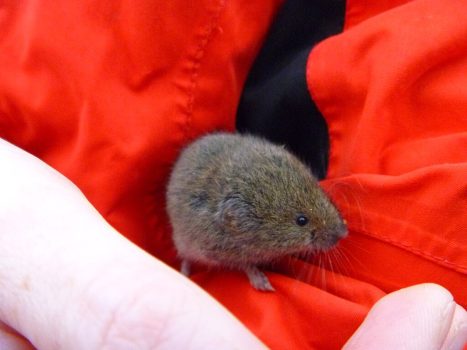 Pin
Pin Photo from Wikimedia Commons
The Bavarian pine vole is a tiny rodent that scientists believed had disappeared forever. It was last seen in the 1960s in the Alps, and after decades of no sightings, researchers declared it extinct.
Then, in 2000, something unexpected happened. Scientists studying vole populations in Austria stumbled upon some that looked a little… different. DNA testing later confirmed that these weren’t just any voles—they were Bavarian pine voles, alive and well, in an area where no one had thought to look.
Unlike other species that were rediscovered in remote jungles or isolated islands, this one had been hiding in a place humans live and work. It makes you wonder—how many other animals are “extinct” just because no one has looked in the right place?
Now that conservationists know the Bavarian pine vole still exists, they’re working to protect its habitat. Hopefully, this time, it won’t slip through the cracks of history again.
8. The Cuban Solenodon
 Pin
Pin Photographed in Alexander Humboldt National Park © G. Begué-Quiala
The Cuban solenodon is one of the weirdest mammals on Earth. It looks like a shrew but is closer to an ancient lineage of mammals that lived alongside dinosaurs. And it has a secret weapon—it’s one of the few venomous mammals, injecting poison through its teeth like a snake.
For decades, people thought it was extinct. The species had survived for millions of years, but after habitat destruction and invasive predators (like cats and dogs) arrived in Cuba, solenodons seemed to vanish. By the 1970s, scientists assumed they were gone.
Then, in 2003, a research team searching for them finally found one. Not only were they still alive, but they were hiding in plain sight in remote forests. Since then, more have been discovered, and conservationists are now studying them to prevent a real extinction.
It’s crazy to think that a venomous, ancient mammal could disappear and reappear like this. But nature is full of surprises, and the Cuban solenodon is living proof.
9. The Blue-eyed Ground Dove
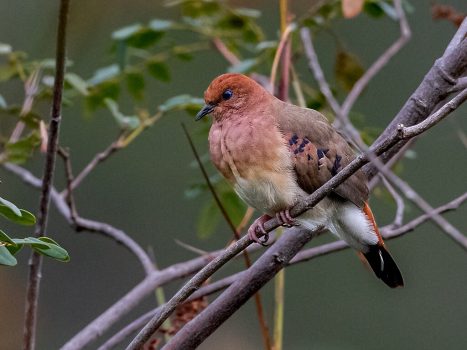 Pin
Pin Photo from Wikimedia Commons
The blue-eyed ground dove is one of the rarest birds in the world. For over 75 years, it was missing. Birdwatchers searched, scientists investigated, but no one found a single trace. Many believed it had quietly gone extinct.
Then, in 2015, everything changed. An ornithologist named Rafael Bessa was exploring the grasslands of Brazil when he heard a strange bird call. He followed the sound and spotted something incredible—a blue-eyed ground dove, alive. It was the first confirmed sighting since 1941.
Since then, conservationists have worked hard to protect the remaining population. Only about 15 individuals have been found, meaning they’re still dangerously close to extinction. But now that they’ve been rediscovered, efforts to save them have ramped up, including habitat protection and breeding programs.
This tiny dove proves that some species don’t just disappear—they hide. And sometimes, all it takes is one sharp-eyed person to bring them back into the world’s awareness.
10. The La Palma Giant Lizard
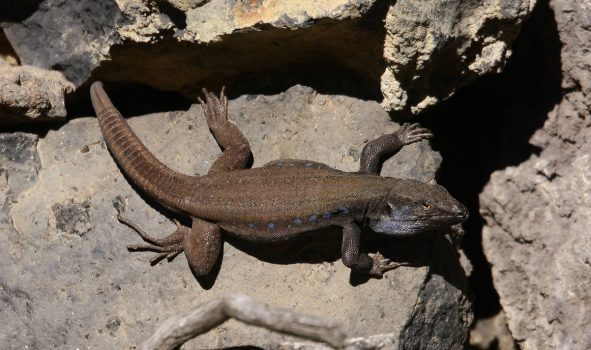 Pin
Pin Photo by Laura-B-R from Deviant Art
The La Palma giant lizard was declared extinct in the late 1800s. This reptile, native to the Canary Islands, was wiped out by invasive predators like cats and rats. For over 100 years, no one saw a single one. Scientists assumed it was gone forever.
Then, in 2007, a small population was discovered on a steep, rocky slope. These lizards had somehow survived in one of the most inhospitable parts of the island, away from human settlements and predators. It was an unbelievable comeback.
Since then, conservationists have been working to protect the species, breeding them in captivity and restoring their habitat. Though their numbers are still low, they now have a fighting chance.
The La Palma giant lizard’s story is a reminder that nature is resilient. Even when we think we’ve lost something forever, life finds a way to hold on. Sometimes, all it takes is a little luck—and a lot of determination—to bring a species back from the brink.




